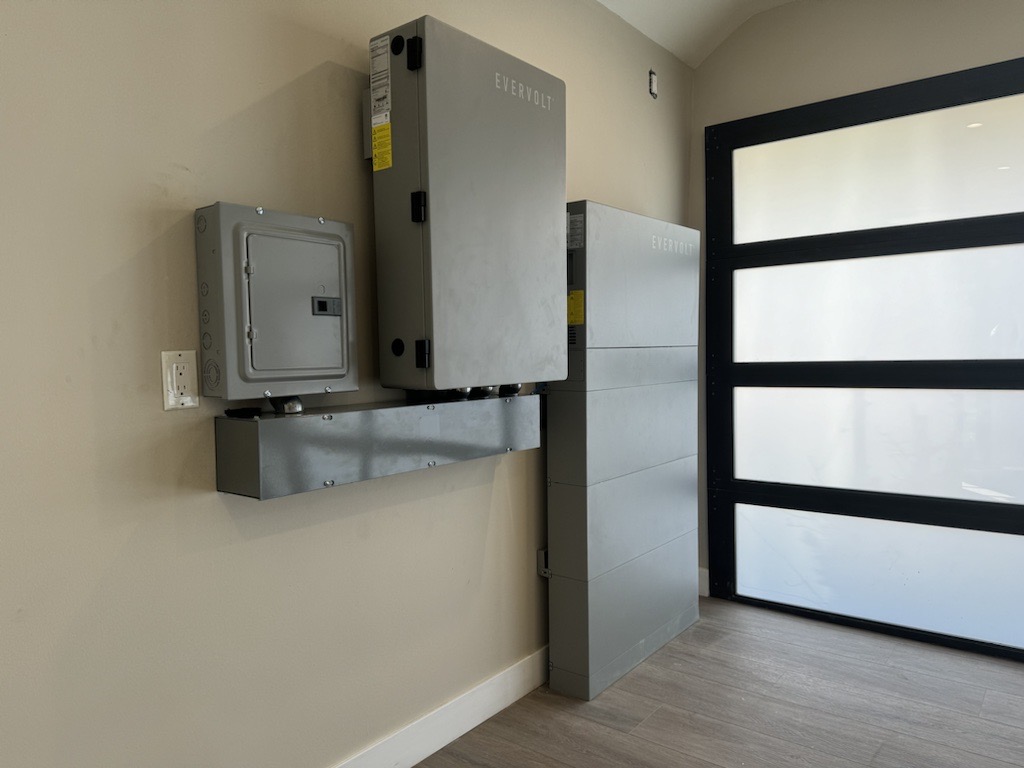Anyone who uses a ride share app has experienced “surge pricing” on evenings and weekends when demand is high. Hotel and car rental booking sites use “dynamic pricing” during holidays, spring break, and summer vacation. Consumers have accepted and adjusted to this pricing model.
Now, utility companies have started to introduce similar pricing models. These models more accurately charge customers for electricity, improve transparency, and shift demand away from peak times — an advantage for both the utility and their customers.
The most popular demand pricing model for utilities is called a time-of-use (TOU) rate, or time-varying pricing. Let's look in more detail at what TOU rates are, how to know if you're on one, and what it means for your energy bills.
1. What is a time-of-use rate?
TOU rates incentivize consumers to use energy when the cost of producing it is low and discourage unnecessary energy consumption when costs rise at peak demand times.
For example, demand — and prices — typically increase on hot summer afternoons when you need to turn up your air conditioning. Weekday prices typically increase during the late afternoon and evening as people get home from work and school.
This differs from a standard plan, which charges the same amount for electricity every day. TOU rates offer greater transparency and control over your energy costs. You can adjust your usage as rates rise and fall. Peak rates will always be at the same time (e.g., from 3 p.m. to 7 p.m. on weekdays), so you can plan accordingly.
Not only do TOU plans help people manage their energy usage, but they also reduce the amount of fuel burned to generate electricity at power plants. That’s a big benefit to air quality and the environment. During times of peak demand, utilities may need to turn on so-called “peaker plants” to meet demand. Peaker plants are the oldest, dirtiest power plants on their system. TOU rates help shift demand so they're not necessary.
2. How do electricity prices change under a TOU rate?
Under a TOU rate, electricity prices change during the day, and seasonally, based on demand. Each utility sets its own off-peak and on-peak times and season changes, but in general, off-peak time is late evening through early or mid-morning, and on-peak is mid-morning or early afternoon until after dark. Some utility companies also offer a short mid-peak price from early to late afternoon. Winter rates typically run from fall to spring, and summer rates run from spring to fall.
Check your utility company’s website to find out how the price per kilowatt-hour changes in your area.
3. How do I know if I'm on a time-of-use rate?
About 8.7% of U.S. households were on TOU plans in 2021, according to The Brattle Group. Experts expect that number to grow to an estimated 25-35% of households by 2030.
To find out if you’re one of those households, look at your most recent electricity bill. If you see a different price for usage during different time periods, you're on a TOU plan. If you're being billed a single rate for all the electricity you use, you are on a flat rate plan.
4. Why do utilities implement TOU rates?
When energy demand is high, the costs of producing energy can rise significantly. That's because utilities have to resort to turning on expensive generators to meet demand. At the same time, high demand can strain the energy grid, making blackouts and supply disruptions more likely. TOU rates aim to avoid this by encouraging customers to use less energy during on-peak times.
5. How can I save money on energy under a TOU rate?
To save money on TOU rates, try to lower your electricity usage during on-peak times. There are many ways you can do this:
-
Modern appliances have energy-saving modes, such as “eco,” delayed start, and vacation. Try programming your dishwasher, washing machine, and dryer for a delayed start at off-peak times, or run them early in the morning. Use your fridge and freezer’s energy-saving setting to keep food safe at a slightly higher temperature and use vacation mode when you’re away for a few days or more.
-
Charge laptops, smartphones, and other devices overnight and unplug small countertop appliances when you’re not using them.
-
Install a smart thermostat and program it to reduce energy usage during on-peak times. You can also control it remotely from a phone app.
-
Install a home battery system to store electricity for later use during on-peak times. Panasonic’s EVERVOLT® home battery and Smartbox system will help you expertly maximize your electricity usage, whether you’re taking energy from the grid or solar panels.
-
A smart electrical panel will give you additional control over where your home’s energy is directed, turning off power to rooms and appliances that you use infrequently. You can control smart panels at home and remotely with an app to help avoid on-peak rates.
Photo courtesy of Panasonic Eco Systems and Solar Price Discovery
6. How will my solar panels affect my energy bill if I'm on a time-of-use rate?
Solar panels generate free electricity and lower or even eliminate your electric bill. If your panels are producing electricity during on-peak times, you have the added bonus of offsetting the higher charges with your free solar energy.
The benefits are even greater if you pair your panels with a home battery system that will generate your own power, store it, and use it during on-peak times.
7. How will adding a home battery system affect my energy bill if I'm on a TOU rate?
A home battery system enables you to avoid drawing electricity from the grid during on-peak times when TOU rates are high. Your battery can charge from the grid when electricity rates are low, or it can charge for free from your solar panels. Either way, a home battery system will ensure your bills stay as low as possible.
Solar-plus-storage is particularly beneficial if you're on a TOU plan because it lets you generate free electricity that you can tap into during on-peak times. If you’re interested in implementing a solar-plus-storage solution, Panasonic experts can help you find the right option for your home.





